Jay Atkinson (Photo credit: Paul Bilodeau, Eagle-Tribune)
By Daniel Ford
As a relatively recent transplant to Boston and Massachusetts, I've done my best to immerse myself in the history of the area. Books like Stephanie Schorow's Drinking Boston, Nathaniel Philbrick's Bunker Hill, and Brian Deming's Boston and the Dawn of American Independence have given me a crash course in New England lore. (For the record, I was born and raised in Connecticut, but spent considerable time in New York City.)
Author Jay Atkinson's thrilling nonfiction narrative Massacre on the Merrimack matches those historical tomes in both substance and style. Hannah Duston's capture and daring escape from her Native American captors not only proved to be a harrowing tale, but also shed light on the political and sociological issues facing early North American settlers.
Atkinson talked to me recently about his research process, journalism, and the inspiration behind Massacre on the Merrimack.
Daniel Ford: What came first, the love of history or love of writing?
Jay Atkinson: I’m not a professional historian, or even an academic, really, though I’ve been teaching writing at the college level for 20+ years (the last eight at Boston University). I’m just a storyteller. My eighth grade English teacher, a very nice fellow named Andrew Melnicki, told me after class one day that I should consider becoming a writer. That surprised me, since I come from a blue-collar family and was, eventually, the first one to go to college. I had always loved reading stories, and there in junior high set out to learn how to write them. Hannah Duston’s ordeal is a great story, and that’s what drew me to it.
DF: Since you’ve also worked as a journalist, and currently teach it at BU, I have to ask what you think of the current state of journalism. Also, what’s the most entertaining story you ever worked on?
JA: I don’t know exactly where journalism is going, but I’m certainly interested in finding out.
When I see students getting their news from Twitter and other online sources, I tell them to start reading The New York Times every day and forget about the Web. I hope they listen, since the sort of in-depth, professional, intelligent reporting done by The New York Times (and other longstanding print/Web publications) is so superior to Internet-based junk that it’s not even worth talking about.
One of the most entertaining stories I have worked on (and I’ve been lucky enough to have a few that were pretty exciting) was my winter canoe trip down the Merrimack River for The New York Times. Last March, for the second time, I traced Hannah Duston’s route back to Haverhill after she and two companions killed ten of the Abenaki, scalped them, and stole one of their canoes.
DF: Narrative nonfiction has been a healthy trend for history in the last decade. What made you decide to go that route with your own work?
JA: Well, I write fiction, too. As a matter of fact, the next book I publish will be a work of fiction, and I’m currently working on a novel. Over my career, I’ve been a student of narrative writing—how it works and how it’s done. That’s what interests me most of all, whether its narrative nonfiction like Massacre on the Merrimack (Globe Pequot, 2015) or a historical novel like City in Amber (Livingston Press, 2005).
DF: You tell a really poignant story about what inspired you to write Massacre on the Merrimack. Could you share that with us, and explain how your hometown/state shaped the narrative?
JA: My hometown, Methuen Mass., was part of Haverhill until 1726. I grew up hearing Hannah Duston’s story, and always had it in the back of my mind as I progressed as a writer. It’s got everything a good story demands: compelling characters, violent conflict, adventure, a series of dramatic events and reversals, overarching tragedy, vengeance, and triumph. As a storyteller, what’s not to like?
DF: What was your research process like for this book, and what’s your research process like in general?
JA: I spent three years on the book. The first year, I was often in the Haverhill Library Special Collections room (where they have a jumble of Duston ephemera that’s never really been catalogued, but was invaluable once I sorted through it), Haverhill Historical Society, and Nevins Memorial Library in Methuen, Mass. A wonderful Nevins reference librarian named Maureen Burns Tulley was instrumental in researching and shaping Massacre on the Merrimack. I dedicated the book to Maureen, in the name of librarians everywhere.
The second and third years, I continued my research in various libraries, but also took my investigations outside, into the woods and onto the rivers that Duston knew. In my opinion, Hannah’s story is really about the beauty and danger of the New England landscape.
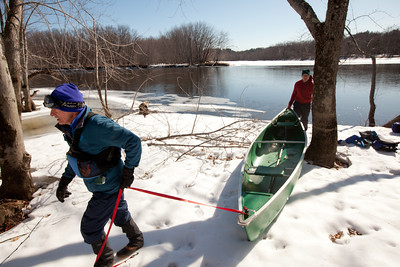
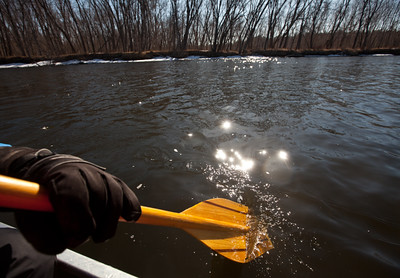
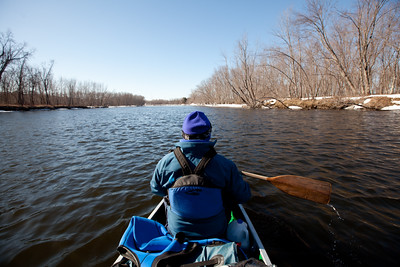
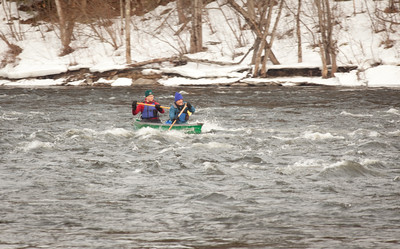
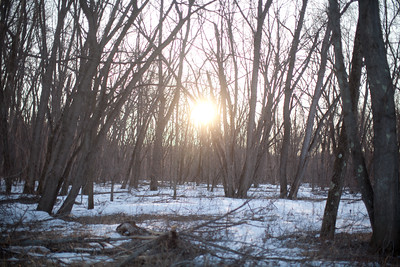
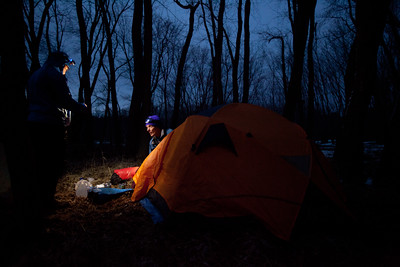
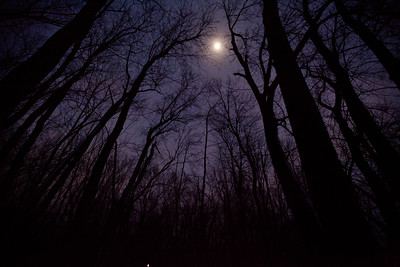
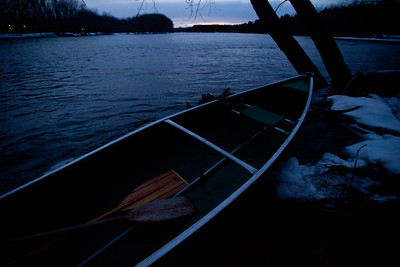
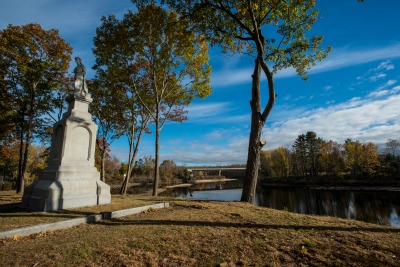
DF: Historians often debate about whether or not to use “politically correct” language when writing about the pre-colonial period. Does one use Native Americans or does one use “Indians/savages/etc.” Massacre on the Merrimack features the latter, and I was wondering if you went back and forth at all about that issue or you felt like your story needed to be rooted in the language of that time.
JA: Since in the narrative chapters of the book I was using what you could call Creative Nonfiction technique, I was limited to what I considered to be the prejudices, preconceptions, and preoccupations of the time period. To change the language to reflect current social mores would have seemed false to me. As a writer, my interest begins and ends at the level of the story, and telling it the way I did was the most honest way to do service to that.
DF: What really struck me about the book is that while Hannah Duston showcased extreme bravery and flintiness during her ordeal, her neighbor Goodwife Bradley exhibited the same traits multiple times! How fun was it uncovering these other stories during your research?
JA: I think the chapter that you’re referring to, which is entitled “The Fate of Other Captives,” contains the most interesting material I came across in my research. It fits with Hannah’s story, but is remarkable in its own way.
DF: You’ve written other nonfiction, but this book seems more personal based on your proximity to where the events take place. What’s next on the horizon for you and do you feel daunted at all about tackling another subject?
JA: Personally, I have no shortage of stories or story ideas, just a shortage of time. I’m happiest when I’m working on something.
DF: What’s your advice to up-and-coming authors and historians?
JA: All I can say is what my mentor at the University of Florida, the great Southern Gothic novelist Harry Crews, said to me when I finished my creative writing degree: “Son, go fix your ass to the seat of the chair, and get to work.”
To learn more about Jay Atkinson, visit his official website, like his Facebook page, or follow him on Twitter @Atkinson_Jay.


